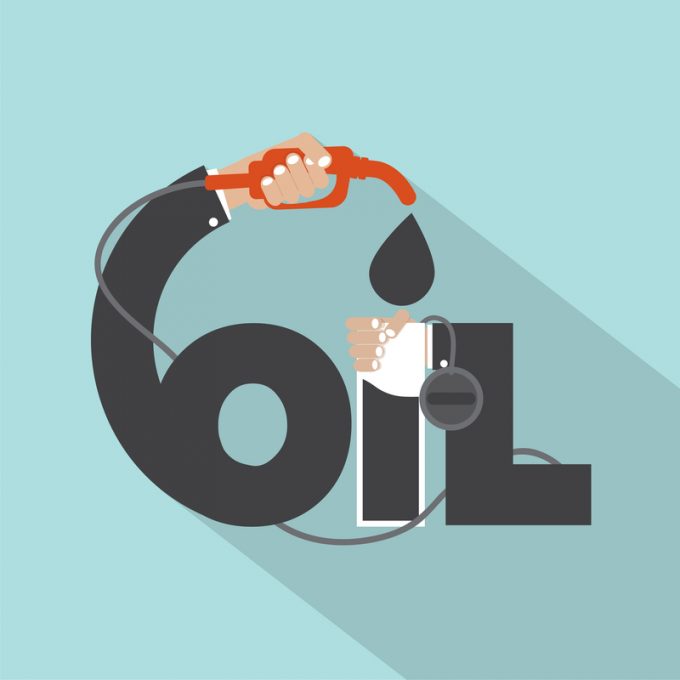Cargolux eyes move into SAF production and distribution
Cargolux is looking to expand its business activities, including getting into the production and distribution ...

This article is an abridged version of the one published last week on Loadstar Premium.
Jeff Rubin was CIBC global chief economist for some 20 years, a leading authority on oil, and much sought-after keynote speaker. He has developed and published ground-breaking insights on the lesser known aspects of ...

Comment on this article